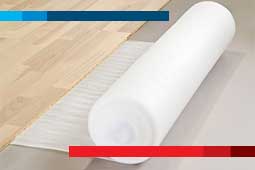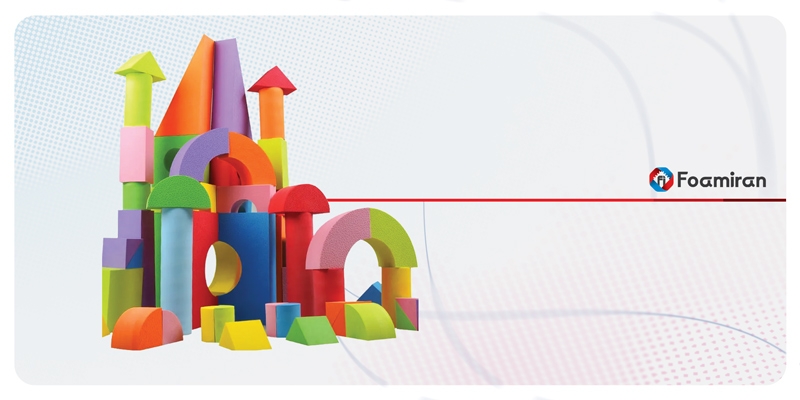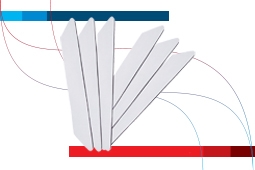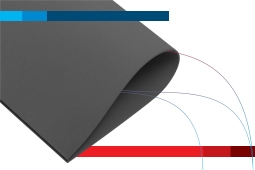Application of Foam in the Construction Industry
EPDM foam is a well-known type of foam used in construction, also called Ethylene Propylene Diene Monomer foam. This foam has a closed-cell structure and is highly flexible, soft, and elastic, making it perfect for waterproofing in different applications. The lightweight, appropriate density, and easy installation of EPDM foam make it the preferred material for roof installations.
EPDM foam has a long lifespan, is tear-resistant, and is resistant to flames. It withstands chemicals and temperature changes, resists water, and dampens vibrations. This foam is highly durable and an excellent choice for flat roofs and low-slope roofs, given its excellent resistance to sunlight. Its weather resistance is superior against harsh conditions such as extreme heat, cold, ozone, pollution, and UV radiation.
EPDM foam is versatile in construction and can be used for specialized applications such as intricate waterproofing like foam washers for plumbing. A common use for it is as a membrane in curtain walls, providing water and moisture protection for buildings. EPDM foam can be used to make flat surfaces between walls and ceilings waterproof and create smooth edges. Due to this, it has gained popularity in the construction industry.
EPDM isn’t the only option available if you’re seeking construction foam. High-density EVA foam serves as a superb insulator and is frequently utilized in the walls, floors, and ceilings of residential properties. To retain indoor heat and prevent cold air from entering, closed-cell foam is highly recommended for insulation. Additionally, it’s highly adaptable and can be conveniently utilized in specific areas of the house. This foam is often the insulation standard for modern, intelligent, and energy-efficient homes.
Soundproofing foam is another type of foam used in the construction industry. Placed between plasterboard and walls, this high-density foam is used to reduce noise. It is used in common areas between residential buildings in apartments and covers specific surfaces. New and modern buildings worldwide must legally have sound insulation.




